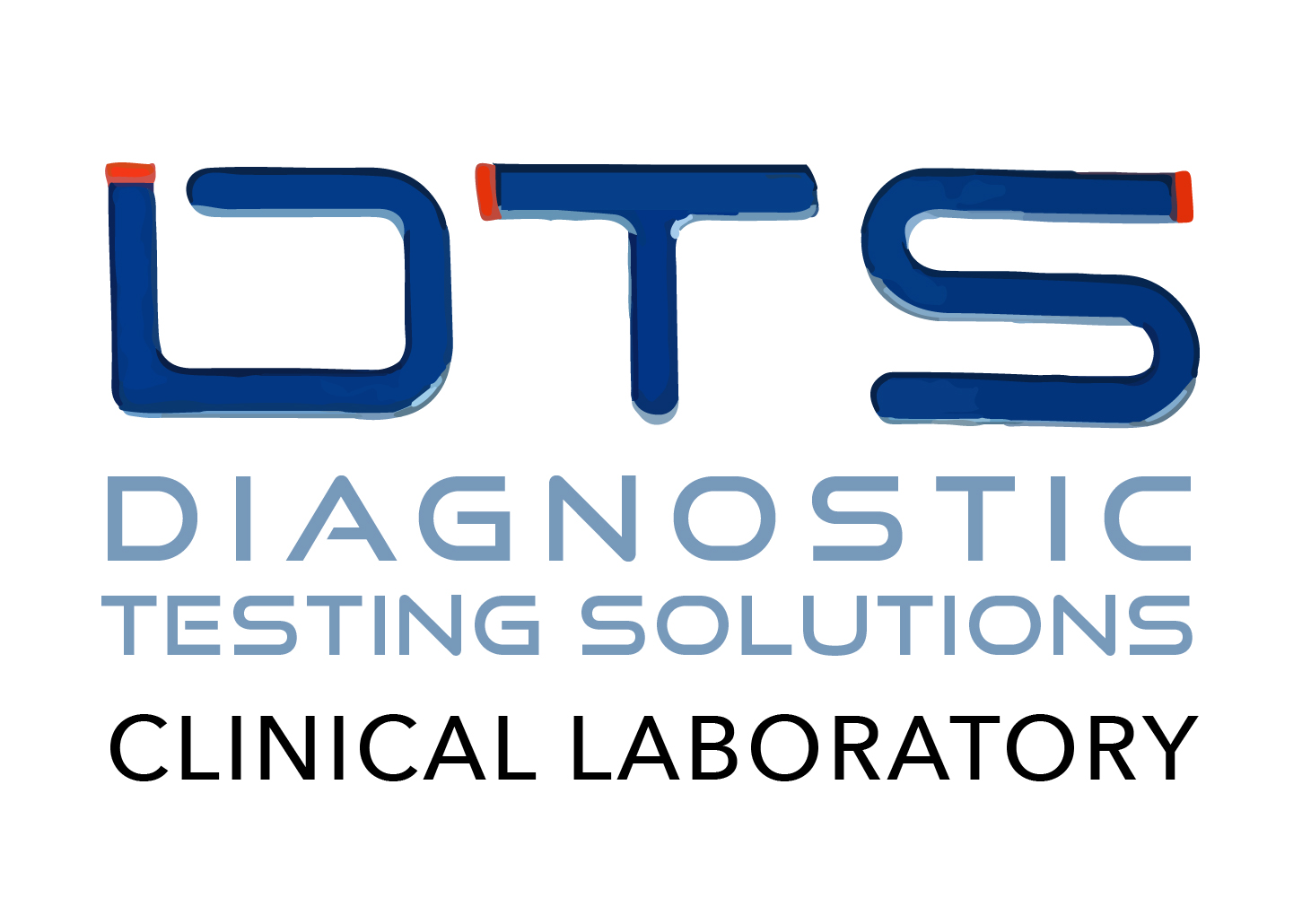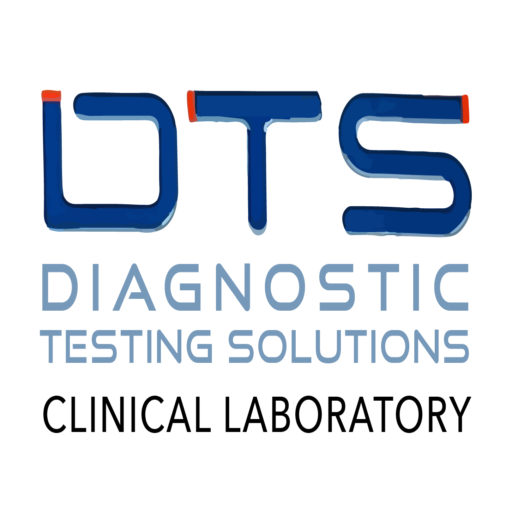
Drug and Alcohol Tests
In today’s professional landscape, selecting the right candidate goes far beyond reviewing resumes. Pre-employment drug and alcohol test has become critical to the hiring process, ensuring safety, productivity, and compliance with industry regulations. But why are these tests so important?
1. Enhancing Workplace Safety
Ensuring a safe work environment is a top priority for any company. Drug and alcohol testing plays a vital role in this regard by preventing potential hazards caused by impaired employees. Whether it’s in a safety-sensitive position such as operating machinery, handling hazardous materials, or driving, having workers under the influence can result in serious accidents.
Key benefits of testing for workplace safety include:
- Reducing the risk of workplace accidents
- Ensuring employees are fit to perform their duties
- Protecting both workers and clients from substance-related harm
Companies implementing pre-employment drug screening can significantly lower the chances of on-the-job incidents, fostering a safer and more reliable work environment.
2. Legal Compliance and Industry Standards
Certain industries are required by law to enforce drug and alcohol test regulations. For example, sectors governed by the U.S. Department of Transportation (DOT), such as aviation and trucking, mandate regular testing to ensure safety. Failing to comply with these regulations can result in penalties, loss of business, and legal challenges.
- The Drug-Free Workplace Act mandates a drug-free environment for companies with federal contracts.
- DOT regulations require strict testing protocols for employees in the transportation industry.
Incorporating testing helps with compliance and demonstrates a company’s commitment to safety and responsibility, which can boost its reputation and trustworthiness.
3. Reducing Accidents and Employee Turnover
Substance abuse in the workplace is a leading cause of accidents and errors, costing businesses both time and money. Drug and alcohol use can impair judgment, slow reaction times, and cause employees to make costly mistakes.
Top reasons drug testing reduces turnover and accidents:
- Accident prevention: Employees who use substances are more likely to cause accidents, putting themselves and others at risk.
- Lower turnover: Substance abuse often leads to absenteeism, poor performance, and, ultimately, termination. Testing helps filter out candidates who may cause such issues, saving on recruitment and training costs.
- Boosting reliability: Pre-screened employees are less likely to miss work, perform poorly, or engage in behaviour that damages company property or morale.
4. Testing Methods: Understanding the Options
Different drug and alcohol tests depend on the company’s needs and industry requirements. Each testing method has strengths and weaknesses regarding detection windows, accuracy, and invasiveness.
Common Drug Testing Methods
- Urine Drug Testing
- The most widely used method for pre-employment drug screening
- Detects substances like marijuana, cocaine, and opioids
- Cost-effective, with results typically available within a few days
- Hair Follicle Testing
- Detects drug use over a longer period, up to 90 days
- Ideal for identifying long-term substance use, but not recent consumption
- Hard to tamper with, providing a reliable history of substance use
- Blood Alcohol Testing
- The most accurate method for determining current levels of alcohol or drug impairment
- Commonly used in post-incident testing to assess whether impairment contributed to an accident
- Saliva Testing
- Detects recent drug use (within the last 24–48 hours)
- It is less invasive and provides quick results, making it ideal for random or post-accident testing
Using a combination of these testing methods ensures employers can screen for recent substance use and long-term abuse, providing a fuller picture of an employee’s reliability.
5. The Financial Impact:
Drug and alcohol testing can lead to significant cost savings for businesses by preventing accidents, reducing turnover, and improving overall productivity. Substance abuse costs U.S. employers billions yearly through lost productivity, increased healthcare expenses, and higher workers’ compensation claims.
How testing helps reduce financial risks:
- Lower insurance premiums: Many insurance companies offer discounts to businesses that maintain a drug-free workplace through regular testing.
- Fewer workplace accidents: Preventing drug- or alcohol-related accidents reduces repair and healthcare costs.
- Increased productivity: Employees free of substance use tend to be more focused, reliable, and consistent in their performance.
Companies can protect their bottom line and ensure long-term operational efficiency by investing in employee drug testing.
6. Supporting Employees: The Role of Assistance Programs
A comprehensive approach to addressing substance use includes offering help to employees who may be struggling. Employee Assistance Programs (EAPs) provide resources, counselling, and support for workers facing addiction or other personal issues, ensuring they get the help they need before it affects their performance.
- Early intervention: EAPs can help employees address substance abuse before it leads to accidents or job loss.
- Improved morale: Offering support shows employees that the company cares about their well-being, which boosts morale and loyalty.
- Lower turnover: Employees who receive help are more likely to stay with the company and return to full productivity.
By combining drug testing with support programs like EAPs, companies create a balanced approach that promotes safety and compassion.
7. Maintaining a Drug-Free Workplace
Once employees are hired, maintaining a drug-free workplace requires ongoing effort. Many companies implement random drug or post-accident testing to ensure compliance with workplace safety standards. Clear communication about drug and alcohol policies is also critical so employees understand the consequences of non-compliance.
Best practices for a drug-free workplace:
- Random testing: Conducting unscheduled tests deters employees from using substances during employment.
- Post-incident testing: After accidents, testing helps determine if impairment protects the company from liability.
- Transparent policies: Written and communicated drug testing policies foster a culture of responsibility and accountability.
Conclusion:
Pre-employment drug and alcohol testing is more than a legal requirement for many industries – it’s an essential tool for promoting safety, reducing costs, and ensuring long-term success. By screening potential employees for substance abuse, businesses can prevent accidents, improve productivity, and protect their workforce.
While traditional in-person tests are common, some companies and individuals explore the option of taking a drug and alcohol test online for initial screenings or personal use. These online options offer convenience, but for employment purposes, supervised and certified testing remains the gold standard to ensure accuracy and compliance with legal and industry regulations.
With benefits ranging from enhanced safety to cost reduction, drug and alcohol testing is a smart, proactive measure that every company should consider. By creating a drug-free workplace, businesses build a reliable and capable team that will contribute to a safer and more productive future.
FAQ’s
Why is drug testing important in the workplace?
Drug testing is crucial for maintaining a safe, productive, and compliant workplace. It helps prevent workplace accidents, reduces liability risks, and ensures employees are fit to perform their tasks without impairment. This proactive approach also protects other workers and customers from potential harm caused by substance use.
Why do employers test for alcohol?
Employers test for alcohol to ensure employees are not impaired while performing job-related tasks, especially in safety-sensitive roles. Alcohol consumption can impair judgment, slow reaction times, and reduce focus, increasing the likelihood of accidents or poor performance. By testing for alcohol, employers minimize these risks and maintain workplace safety standards.
What is the purpose of a drug test for employment?
A drug test for employment screens candidates for the presence of illegal drugs or substances that may impair their ability to perform job duties safely and effectively. It helps employers make informed hiring decisions, ensuring they hire individuals who meet the company’s safety and productivity requirements.
What are the benefits of pre-employment drug testing?
Pre-employment drug testing offers several benefits, including:
- Reducing workplace accidents and injuries
- Lowering employee turnover rates
- Improving overall productivity and reliability
- Ensuring compliance with industry regulations
- Saving on costs related to healthcare, insurance, and absenteeism






